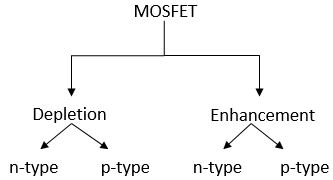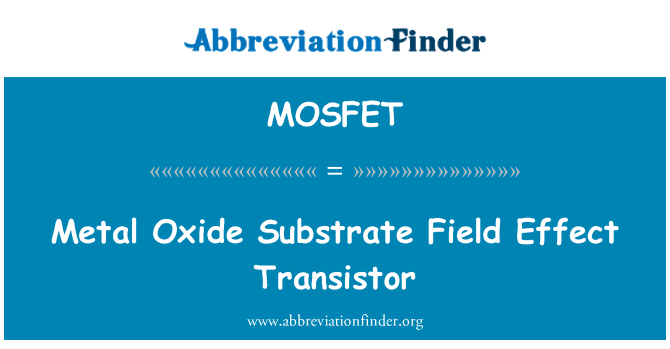

In this particular IC there are two drivers, a high side and low side driver for a “push-pull” type of drive. This is in addition to providing level shifting from low level logic signals to drive the MOSFET gates. Using the capacitor shown between Vb and Vs (the source of the high side NMOS) and some circuity to the IC it creates a voltage higher than Vs by 10V to 20V and uses this to drive HO – the high side gate pin.

The key trick with these devices is the “bootstrap”. An example would be something like the IRS2001 from International Rectifier. The MOSFET drain will be connected to the positive supply and the load to the source. However, to use them to source a current you need to drive the gate above your supply voltage and operate it as a “source follower”. Higher carrier mobility means that NMOS transistors are lower resistance for a given size and gate capacitance than PMOS so are preferred.
#Mosfet meaning drivers
High side drivers – Rather than using an NMOS to sink current and PMOS to source current, a common way of driving high current, high voltage loads is with two NMOS transistors. That is a dual MOSFET driver that will drive up to 1.2A and level shift up to 16V while interfacing to 5V logic. For an example of a MOSFET driver, look at something like the Microchip TC1426. In the simulation examples given the gate drive used is 15V. So, you also need the MOSFET driver to increase the drive voltage as well as the current.

Also, while there are a lot of “logic level” MOSFETs now which can be driven from 3.3V or 2.5V logic levels for example, there are still many occasions when you will need to use more voltage. If you want to drive a MOSFET from some logic such as a CPLD or microcontroller then you clearly need something to boost the current as your CPLD won’t drive 1A or even 100mA. ON Semiconductor application note AND9083-D.pdf explains gate charge in some detail. One of the reasons for the delay in the switch on/off is the charge storage in the channel rather than simply the capacitance of the gate. So, a high gate drive current such as the current from a MOSFET drive IC can save a lot of power and hence heat by speeding up the MOSFET switching. If you look at the MOSFET power dissipation you will also see that it increases from 28W to 105W with the gate resistor. You can see the effect of the gate current limitation on the rise and fall times as well as the delay.
#Mosfet meaning series
The magenta signal is the drive signal seen before the series resistor. The image below shows a comparison of the drain current with no series gate resistor (yellow trace) and with 100Ω (blue trace), limiting the gate current to 100mA. If you limit the gate current to say 100mA by adding 100Ω in series with the gate, there will be a significant rise and fall time as well as a switch on/off delay. So you can see that to get a fast switching time you need a peak gate current of 1A just to get 17A from the MOSFET. Anyone from a bipolar transistor background may find these terms confusing as saturation region of a bipolar transistor is not synonymous with the saturation region of a MOSFET. The linear/ohmic region can also be called the triode region. For lowest ON resistance you would want to drive the gate as high as possible, say 15V and to minimise power dissipation you want to switch quickly between ON and OFF and vice versa otherwise the transistor will spend a relatively long time in the saturation region rather than the linear or ohmic region. For example, the IRF530NS from International Rectifier is a 90mW device which can withstand 17A continuous drain current at 100V and has 920pF of input capacitance. There are several reasons for needing MOSFET drivers:ĭrive current – MOSFETs can have very high gate capacitance. MOSFET drivers often contain MOSFETs themselves.

There are a lot of MOSFET drivers around these days.


 0 kommentar(er)
0 kommentar(er)
